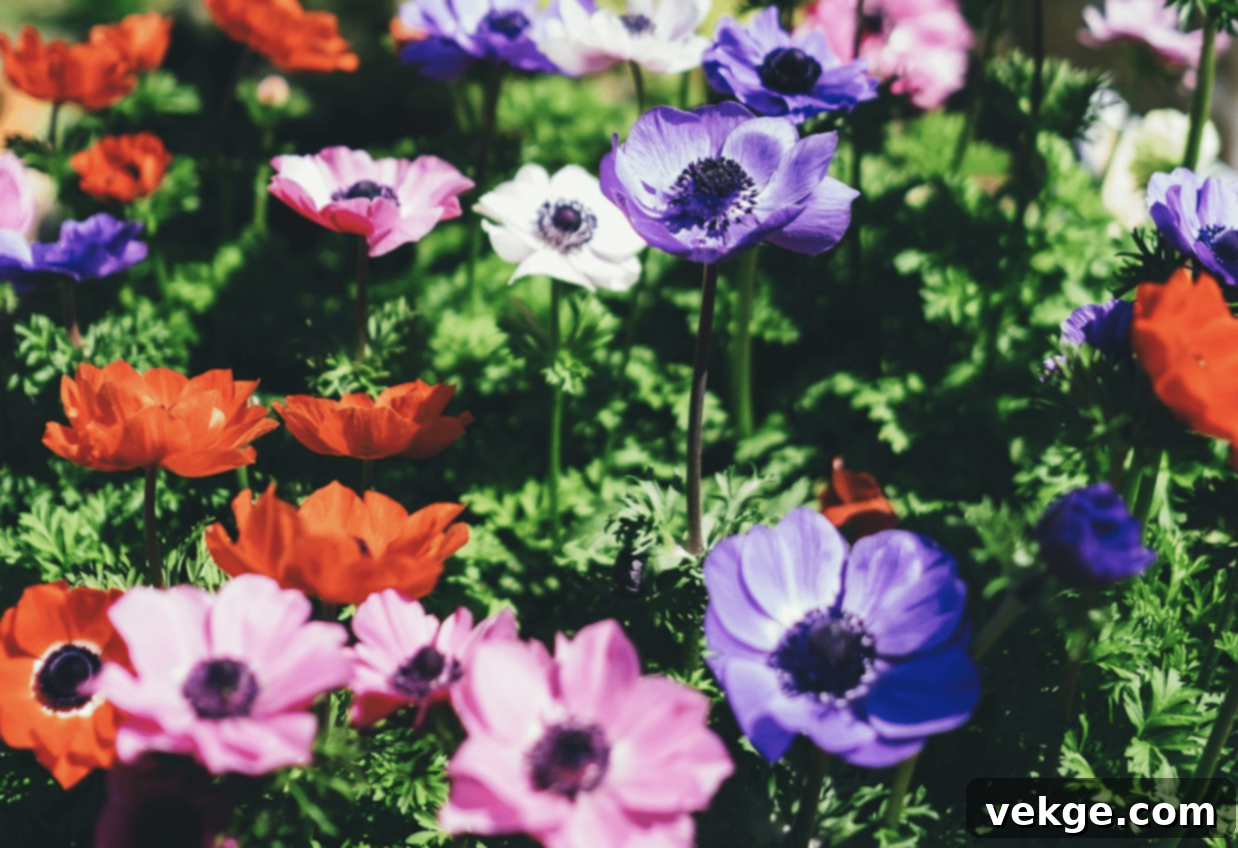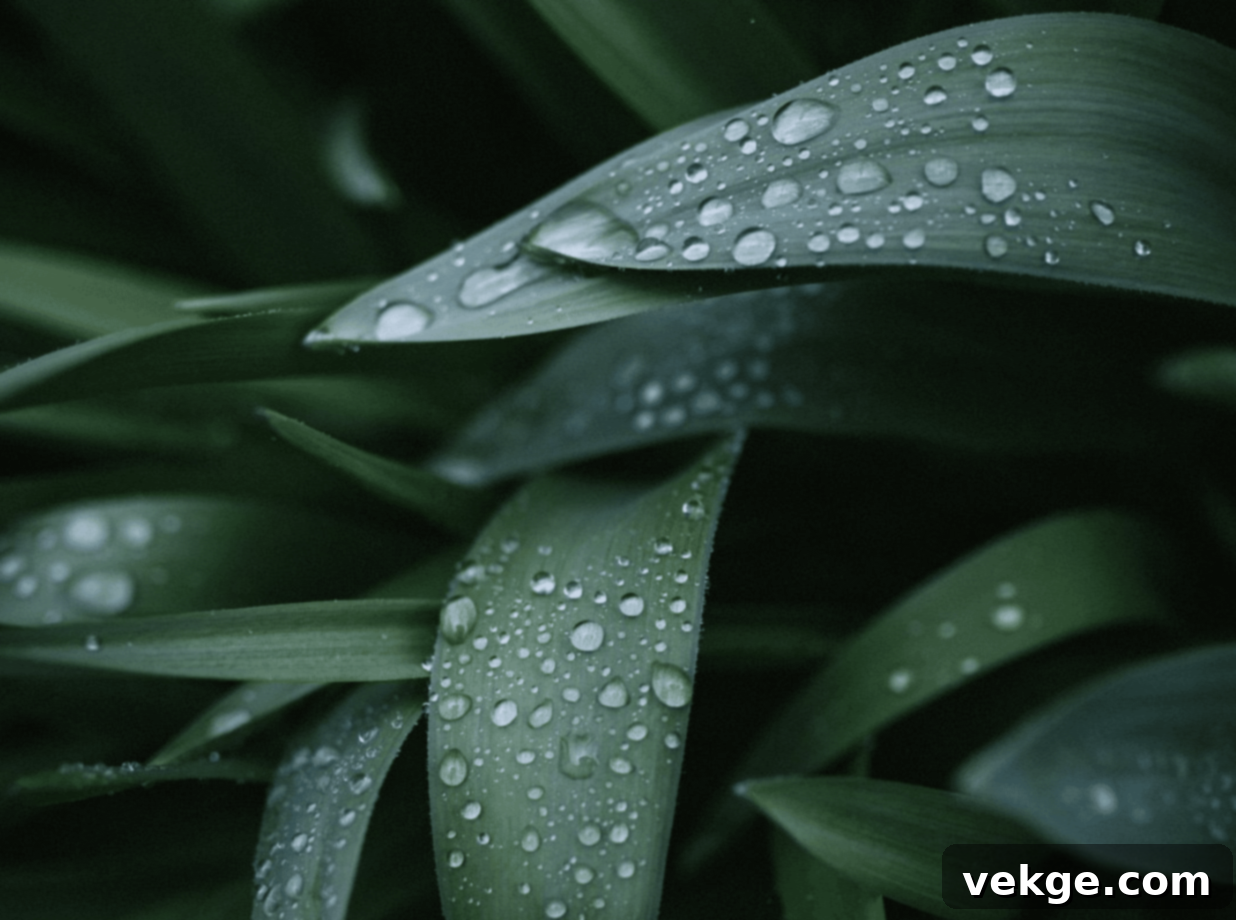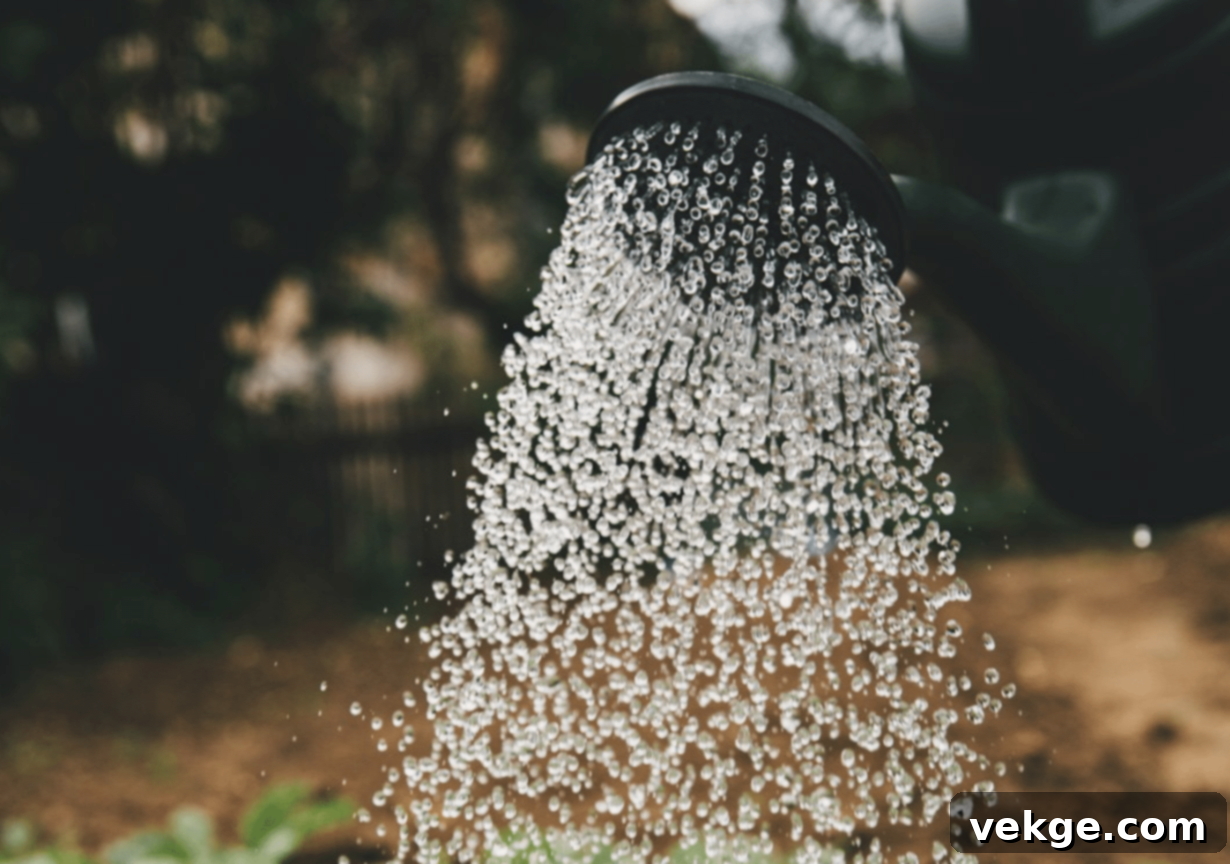Transform Your Garden: The Ultimate Guide to Natural and Organic Care
Gardening is more than just a hobby for many Americans; it’s a passion and a significant investment. The average U.S. household dedicates over $600 annually to lawn and garden maintenance. With such a commitment, it’s natural to want your green spaces to flourish. However, relying heavily on commercial chemical fertilizers and pesticides can feel like a gamble, often doing more harm than good to your plants, soil, and the environment. If you’re looking to move away from this “chemical roulette” and nurture your plants in harmony with nature, it’s time to rediscover the power of natural and organic gardening practices.
Embracing natural gardening doesn’t mean sacrificing beauty or yield. In fact, it often leads to healthier, more resilient plants and a vibrant ecosystem in your backyard. Nurturing your garden the old-fashioned way is surprisingly easy with a few simple, natural gardening hacks that boost plant health, enhance appearance, and contribute to a sustainable lifestyle, all without breaking the bank or harming the planet. Let’s explore some powerful, eco-friendly tips to cultivate your dream garden.
Tip 1: Enrich Your Soil with Organic Garden Straw Mulch
One of the simplest yet most effective ways to nurture your garden organically is by incorporating organic straw mulch. Whether you’re aiming to spruce up vibrant flower beds or protect your precious vegetables from persistent weeds, a layer of organic straw can work wonders. Spreading it around your plants creates a multi-functional shield that promotes vigorous growth and plant vitality.
This natural barrier offers several incredible benefits. Firstly, it’s an excellent moisture retainer. By covering the soil, straw mulch significantly reduces water evaporation, meaning your plants stay hydrated longer, and you’ll need to water less frequently. This is particularly beneficial during hot, dry spells, helping to conserve precious water resources. Secondly, it acts as a natural temperature regulator, keeping soil cooler in the summer months and providing insulation to keep it warmer during colder periods, protecting delicate root systems from extreme temperature fluctuations.
Perhaps one of its most celebrated features is its ability to suppress weeds. A thick layer of straw blocks sunlight from reaching weed seeds, preventing them from germinating and competing with your cultivated plants for nutrients and water. This dramatically reduces the need for manual weeding or harsh chemical herbicides, saving you time and effort.
Beyond its visible benefits, organic garden straw mulch is a champion below the surface too. As it gradually decomposes, it enriches the soil with vital organic matter. This process improves soil structure, enhancing aeration and drainage in heavy clay soils, and increasing water retention in sandy soils. Furthermore, this decomposition acts as a slow-release fertilizer, steadily providing essential nutrients to your plants, fostering stronger root development and overall plant health. Choosing organic straw is crucial here, as it ensures you’re not introducing any herbicide residues or harmful chemicals into your garden ecosystem. This commitment to organic materials not only benefits your plants but also supports sustainable agricultural practices and minimizes chemical runoff into local water sources.

Image credit: Annie Spratt
Tip 2: Harness Household Items for Natural Plant Nutrition
You might be surprised to learn that many of the items you already have around your house can provide fantastic, chemical-free boosts for your plants and even your fruit trees. Before reaching for commercial fertilizers, consider these readily available, natural alternatives:
Wood Ash
If you have a fireplace or wood stove, don’t discard those ashes! Wood ash is a hidden gem for your garden, particularly beneficial for acidic soils. It’s rich in potassium, calcium, and magnesium, all crucial for robust plant growth and fruit development. However, it’s essential to perform a soil pH test first; if your soil is already alkaline, adding wood ash could raise the pH too much. Once you get the green light, sprinkle a thin layer of wood ash around your plants or lightly incorporate it into the soil. Be mindful not to apply it too heavily, as excessive amounts can harm plants. It’s a fantastic way to recycle and provide a natural, pH-balancing, and nutrient-rich treat for your garden.
Bananas
Those banana peels you usually toss into the compost bin have a secret life as a powerful plant booster. Banana peels are incredibly rich in potassium, a vital nutrient for flowering and fruiting plants, promoting strong blooms and flavorful produce. To utilize them, simply chop the peels into small pieces and bury them a few inches deep in the soil around hungry plants like tomatoes, rose bushes, or green pepper plants. As the peels decompose, they release their potassium and phosphorus, giving your plants a significant growth advantage, leading to stronger stems and healthier fruits and flowers. You can also blend them with water to create a “banana tea” for a liquid feed.
Compost Tea
For those with an active compost pile, you’re already halfway to brewing liquid gold for your garden. Compost tea is essentially a concentrated liquid fertilizer brimming with beneficial microorganisms and soluble nutrients. To make it, simply steep a bag of finished compost in water for a day or two, stirring occasionally. The resulting “tea” can then be diluted and used as a potent drench for the soil or a foliar spray for the leaves. This liquid gold supercharges your plants’ vibrancy, improves nutrient uptake, and helps suppress plant diseases, making your garden the envy of the neighborhood.
Club Soda
Believe it or not, that fizzy drink in your fridge can do more than just quench your thirst – it can also nourish your plants! Carbonated water is surprisingly packed with macronutrients vital for healthy plant growth, including carbon, oxygen, phosphorus, potassium, and sodium. While not a complete fertilizer, the dissolved carbon dioxide can be readily absorbed by plant roots, potentially stimulating growth. Next time you open a bottle of club soda, consider sharing some with your leafy friends. Allow it to go flat first to avoid shocking delicate roots, then use it to water your indoor or outdoor plants for an unexpected nutrient boost.
Coffee Grounds
Another common household item, used coffee grounds, are a fantastic addition to many gardens. They are rich in nitrogen, a key nutrient for lush, leafy growth, and also contain calcium, magnesium, and potassium. Acid-loving plants like blueberries, azaleas, hydrangeas, and roses particularly benefit from the slightly acidic nature of coffee grounds. Sprinkle them directly onto the soil surface or mix them into your compost pile. They also help improve soil structure and can deter some pests. Just be sure to use them in moderation, as excessive amounts can sometimes alter soil pH too much.

Image credit: Robin Wersich
Tip 3: Integrate Pruning into Your Regular Garden Maintenance
Pruning, often seen as a daunting task, is actually a foundational practice in maintaining a healthy, productive, and aesthetically pleasing garden. It wears two essential hats: it’s both a vital preventive measure against plant issues and a powerful booster for growth and yield. Understanding and regularly incorporating pruning into your garden task list can dramatically improve the health and appearance of your plants.
On the preventive side, think of pruning as a plant doctor’s visit. It involves carefully removing any dead, damaged, or diseased stems, branches, or foliage. These compromised parts can sap your plant’s vitality, diverting energy from healthy growth. More importantly, they can become entry points for pests and diseases, or even harbor existing infections, allowing them to spread throughout the plant or even to neighboring plants. By diligently nipping these problems in the bud, you’re not only keeping your garden looking tidy but, more crucially, safeguarding its long-term health, vigor, and overall resilience against potential threats. Proper pruning also improves air circulation within the plant canopy, further reducing the risk of fungal diseases.
Beyond prevention, pruning is also about making room for the good stuff. When you prune strategically, you’re essentially giving your plant a gentle pep talk, redirecting its energy towards creating fresh, new growth. This burst of renewed growth can work wonders, particularly for fruit-bearing and flowering plants. By removing old, unproductive wood, you encourage the plant to put its energy into producing more flowers, which in turn leads to a higher yield of fruits or a more spectacular floral display. Pruning can also be used to shape plants, control their size, and encourage a bushier, more compact form or a specific aesthetic. Always use sharp, clean tools to make precise cuts, ideally at an angle, just above a node or bud, to encourage proper healing and direct new growth effectively. The best time to prune varies by plant type, but generally, dormant season pruning is ideal for many deciduous trees and shrubs, while flowering plants are often pruned after their bloom cycle.

Image credit: Marc Zimmer
Tip 4: Embrace Sustainability by Collecting Rainwater
One of the most sustainable and beneficial practices for any gardener is to start collecting rainwater. This simple act offers a multitude of advantages, both for your garden and for the environment. When you harvest rainwater, you’re not only making a smart financial move by saving on your water bill, but you’re also providing your plants with a pure, natural source of hydration that is far superior to tap water.
Unlike chlorinated tap water, which often contains chemicals like chlorine, fluoride, and other additives that can be harsh on delicate plant roots and detrimental to beneficial soil microorganisms, rainwater is naturally soft and free of these elements. This makes it incredibly gentle on your plants’ roots, helping them stay happier and healthier without experiencing any shock from chemical exposure. Furthermore, rainwater tends to be slightly acidic, a pH level that many plants prefer and thrive in, as it helps with nutrient absorption. Its naturally lukewarm temperature also minimizes stress on your plants, especially during those chilly winter months or scorching summer afternoons, avoiding the thermal shock that can occur with cold tap water.
By collecting rainwater, you are actively doing your part to conserve water and significantly reduce your environmental footprint. Instead of relying on finite municipal water resources, you’re harnessing the power of nature to sustain your garden. This practice also helps reduce stormwater runoff, which can carry pollutants into local waterways. Installing a rainwater collecting system, such as a rain barrel connected to your gutter downspout, is a straightforward process and watching the savings roll in, both financially and environmentally, is incredibly rewarding. To maximize your rainwater storage capacity, consider using a connector kit to link multiple barrels, ensuring you never run dry, even during extended dry spells. With a little effort upfront, you’ll be rewarded with a bountiful, free, and natural supply of water for your garden, contributing to a truly eco-friendly and thriving outdoor space.
Ready to Expand Your Green Oasis?
Embracing natural and organic gardening practices is a journey towards a more sustainable, vibrant, and rewarding outdoor living experience. These simple tips can help you cultivate a garden that not only looks beautiful but also contributes positively to your local ecosystem and your well-being. If these ideas inspire you to seek out a home with even more space to grow and flourish, the friendly and knowledgeable team at A House in the Hills is here to help.
We understand the desire for a relaxed way of life, surrounded by nature and ample space for your gardening aspirations. Our curated collection of homes in beautiful, peaceful environments will keep you connected to the tranquility of nature without sacrificing the comforts of modern living. Let us help you find the perfect property where your organic gardening dreams can truly come to life.
